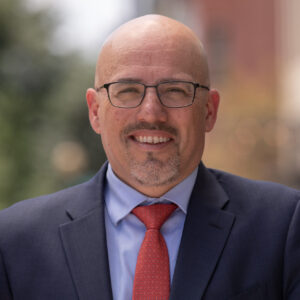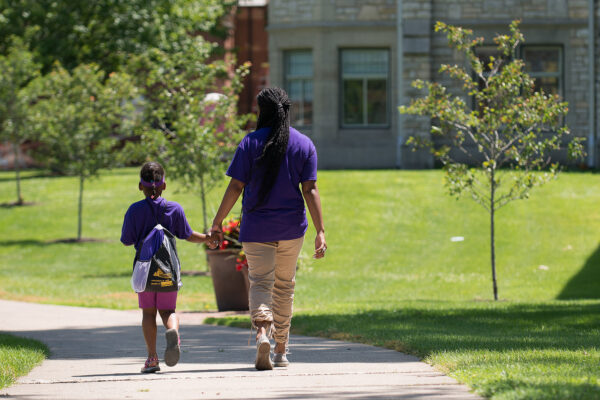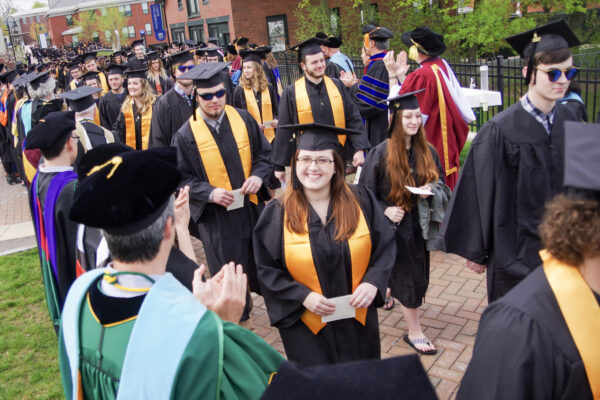By Jennifer Crandall & Louis Soares
We’re not learning only in the classroom anymore—and maybe we never were.
A new Organisation for Economic Co-operation and Development (OECD) report shows that throughout the world, the workplace is a critical learning environment. The question is, what does that mean for educational policy and adult learners?
The OECD’s Programme for the International Assessment of Adult Competencies (PIAAC), aka the Survey of Adult Skills, is a household survey given in 33 countries designed to measure competencies in literacy, math and problem-solving using technology for adults aged 16 to 65. Scores (0-500) correspond to six proficiency levels for literacy and numeracy and four for problem-solving skills. The survey also collects respondents’ background, education and training, job situation, and state of health and social participation.
What’s the verdict?
The results indicate that the United States has one of the most educated populations: a larger percentage of U.S. adults have a postsecondary education and a smaller percentage have less than a high school education. However, we are below average on basic skills (see Table 1).

African Americans and Hispanics score at the lowest levels: 35 percent or more African Americans and Hispanics have basic skills below level 2 in literacy (Chart 1) and more than 50 percent are below level 2 in numeracy (Chart 2). In digital problem solving, 37, 38, and 14 percent of Hispanics, African Americans and whites, respectively, score below level 1.


What Are the Implications?
According to Skills Outlook, the OECD report summarizing PIAAC findings, there are a variety of reasons we’re not measuring up.
Among younger people, lower scores can be tied to shortcomings within the K-12 education system. Furthermore, results span a period of considerable political, social and economic change (the first round of the survey was given in 2008-13) that influenced educational expansion and immigrant growth differently for participating countries. As a result, some countries, such as South Korea, experienced greater educational expansion and greater gains while others, such as the United States, had less expansion and relatively stagnant growth.
The results also tell us that in the United States:
- social and economic background (measured by parental education level) has a stronger influence on adult basic skills than in other countries;
- one-third of low-skilled adults are under 35, a large portion of which are African American or Hispanic; and
- two-thirds of low-skilled adults are employed, which is higher than in other countries.
The good news is that we live in a learning economy. At work and at home, people are continuously using literacy, numeracy and problem-solving skills. But people who can’t or don’t engage in certain learning processes fall behind, which affects their social and economic well-being and ultimately, that of the nation.
The reality that the United States is below average on skills despite our relatively high level of education begs a few questions. How are individuals, especially from underserved populations, supposed to compensate for what they didn’t learn in school? What happens to basic skills after adults enter the workforce? How are those skills maintained and developed? Further, according to the survey, individuals in jobs that don’t require their skills have fewer opportunities to strengthen them, which can lower their motivation to participate in continuing education or workforce training. So is our current system perpetuating the problem?
Because roughly 60 percent of low-skilled adults in the United States are employed, one key solution is to direct resources toward workforce development. But we can’t expect anyone to benefit from interventions that aren’t proven to work. If we think carefully about how we can leverage workplace learning and invest in programs that work, we’ll see returns that last a lifetime and pass down through generations.
If you have any questions or comments about this blog post, please contact us.



